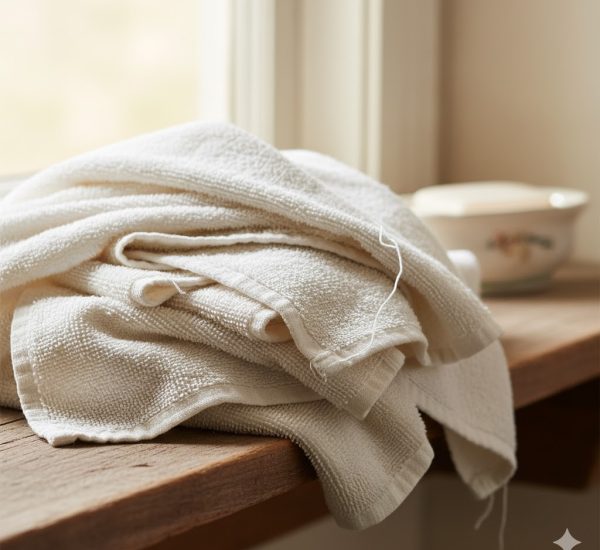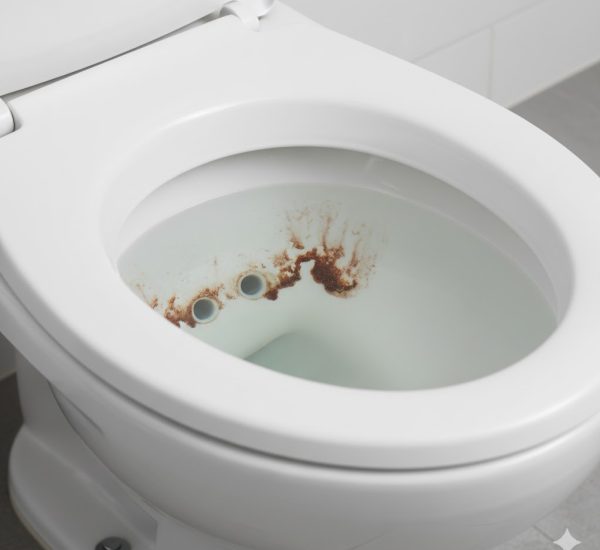Drying clothes indoors during the winter months is a reality in homes across the globe. While ideally, we would prefer to hang laundry outside to dry naturally, bad weather, cold temperatures, or high humidity often make this impossible. But there is a simple, effective solution that doesn’t require expensive appliances—the “jar method,” a traditional trick that can save both time and effort.
The Challenge of Drying Clothes Indoors
The main goal for any laundry task is to have clothes dry quickly and thoroughly. For households with a dryer, this task is straightforward, albeit at the cost of electricity consumption. However, many households either do not have a dryer or want to save energy, making indoor drying the only viable option.
Drying clothes indoors, though, comes with its challenges. As wet clothes release moisture into the surrounding air, indoor humidity rises, creating a damp environment. Over time, this moisture is absorbed by walls and furniture, potentially leading to mold formation. Mold is not only unsightly but can also pose serious health risks, including respiratory problems, allergies, and aggravation of existing conditions.
Choosing the Right Space for Indoor Drying
Proper placement of your drying rack is essential. The first step is to select a room with sufficient ventilation, such as a living room, bedroom, or kitchen. Regardless of the chosen space, always open a window or door to allow fresh air to circulate. Good airflow helps clothes dry faster and reduces the risk of mold accumulation.
If possible, choose a room that is less frequented during the day. This approach not only reduces discomfort from the cold and damp air but also limits exposure to humidity for those living in the home. For even better results, a dehumidifier can be used to accelerate drying while maintaining a comfortable indoor environment.
The Jar Method: An Old Trick to Combat Humidity
Not everyone has a dehumidifier, but traditional household methods can be just as effective. One of the oldest and simplest tricks is the “jar method.” To employ this technique, fill a jar with either rice or coarse salt and place it underneath the drying rack. Both substances have natural moisture-absorbing properties, quickly reducing humidity around the clothes.
This method is completely natural, inexpensive, and easy to implement. It is particularly useful in small apartments or rooms where proper airflow may be limited. Combined with heat sources, it can dramatically speed up the drying process.
Using Heat to Speed Up Drying
If you have access to a radiator or another heat source, positioning your drying rack nearby can help accelerate drying without directly touching the radiator. Avoid placing wet clothes on top of the radiator, as this can damage both the clothing and the appliance. A safe distance ensures that clothes dry evenly and efficiently, while the ambient warmth helps reduce humidity in the room.
Limiting traffic in rooms where laundry is drying is also important. Avoid allowing smokers to enter immediately after smoking, as damp clothes readily absorb odors, which can ruin the freshness of your laundry and may require re-washing.
Achieving Soft, Fresh-Smelling Laundry
To ensure clothes come out soft and pleasantly fragrant, a few additional steps are recommended. First, make sure to use a high spin cycle during washing to remove as much water as possible. Excess water slows drying and increases indoor humidity, making the process less efficient.
Using a fabric softener, whether store-bought or homemade, enhances both softness and fragrance. A simple homemade softener can be made by mixing 150 grams of citric acid in one liter of water, then adding a few drops of essential oil, such as lavender, for a fresh and relaxing scent. This natural solution softens fabrics while adding a delightful aroma.
Handling Laundry After Washing
Timing is key. Remove clothes from the washing machine immediately after the cycle ends. Allowing wet clothes to sit in the drum for even a few minutes can lead to damp odors. Once moisture sets in, it becomes difficult to remove without re-washing the items. Quick removal ensures that laundry remains fresh and reduces the risk of mold or mildew.
Additional Tips for Perfect Indoor Drying
-
Air circulation: Use fans or open windows to create a steady airflow around the drying rack.
-
Spacing: Avoid overcrowding the drying rack. Proper spacing allows air to circulate evenly and accelerates drying.
-
Layering: Hang heavier items separately from lighter ones to prevent uneven drying.
-
Maintenance: Regularly clean and sanitize drying racks and surrounding areas to avoid mold buildup.
Conclusion
Indoor drying during winter doesn’t have to be a cumbersome or messy process. By selecting the right space, using traditional tricks like the jar method, employing safe heat sources, and handling clothes properly after washing, it’s possible to achieve perfectly dry, soft, and fresh-smelling laundry.
These methods are energy-efficient, economical, and simple, making them ideal for anyone who wants to avoid the high cost of electricity or doesn’t have access to a dryer. With a little attention to airflow, moisture control, and proper handling, indoor drying can become just as effective as drying clothes outdoors—without compromising on freshness, hygiene, or fabric quality.



